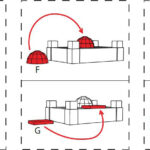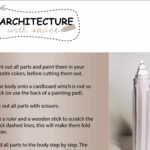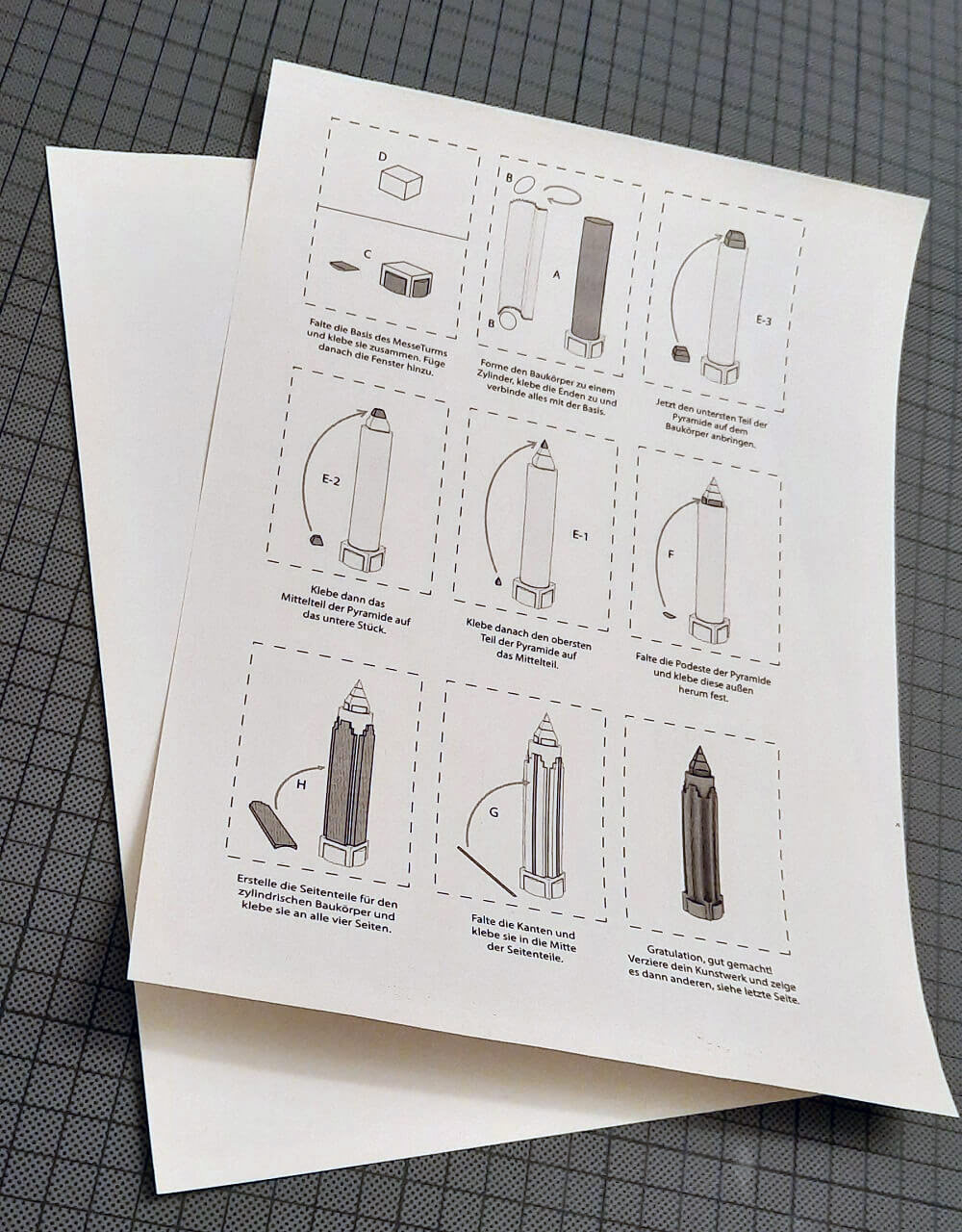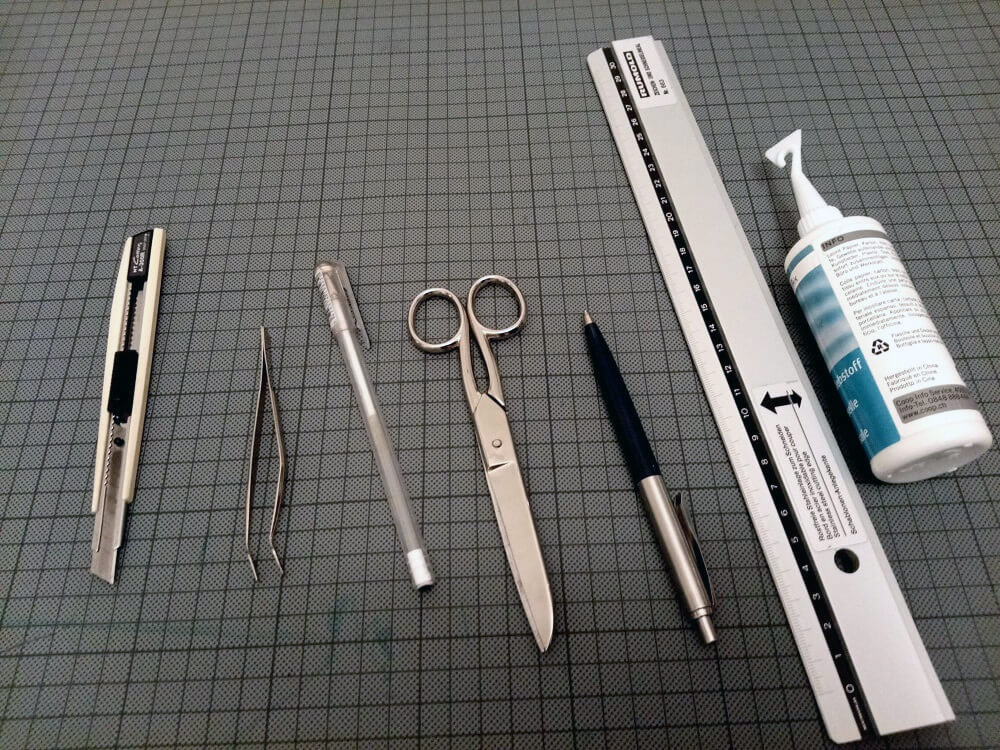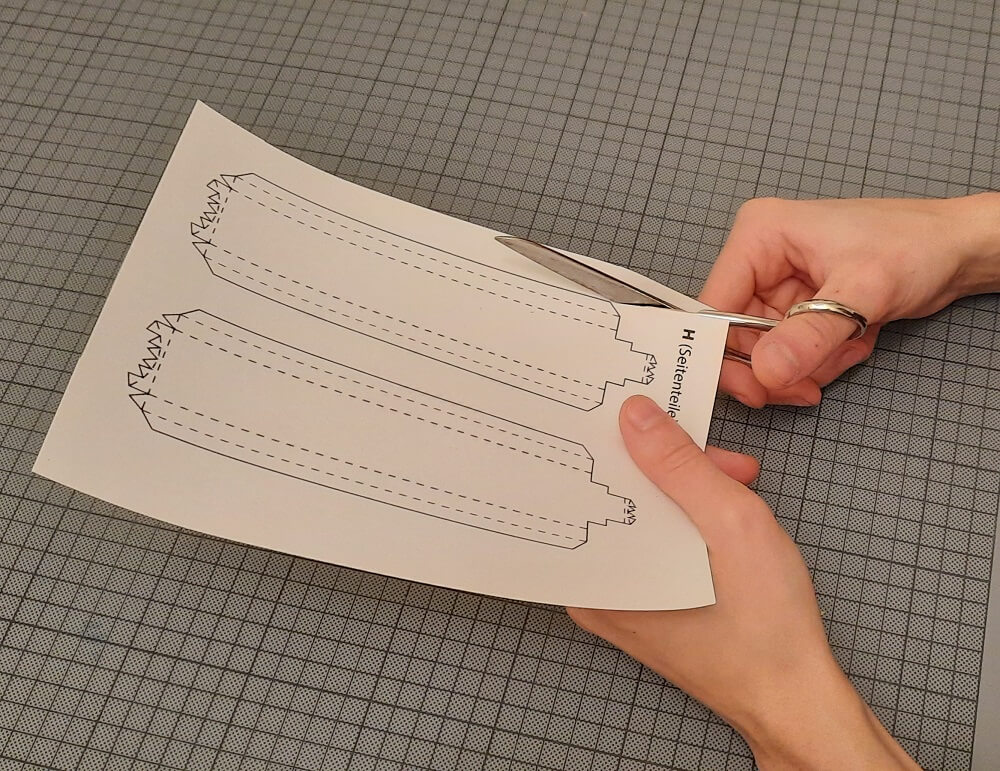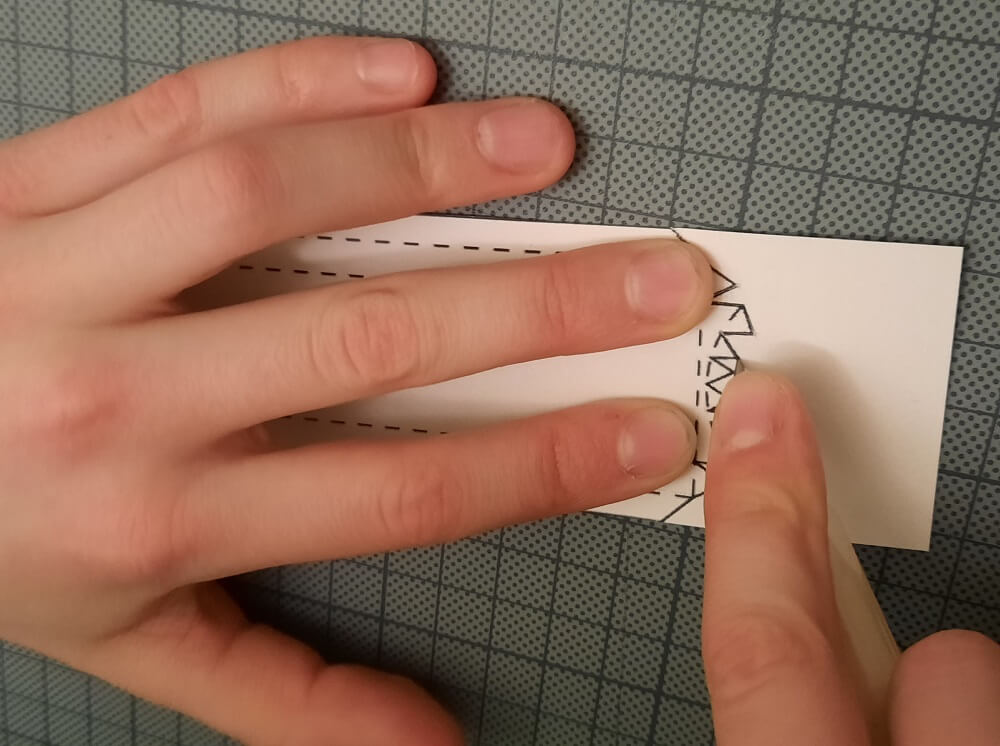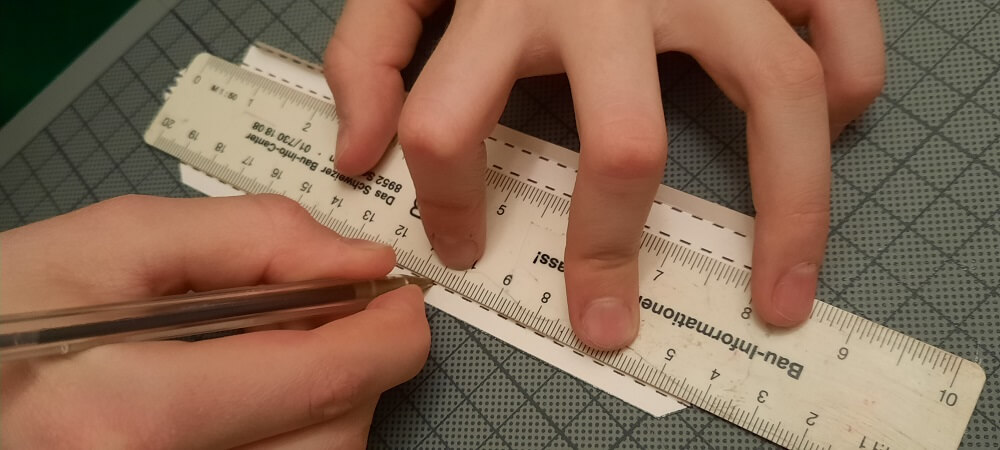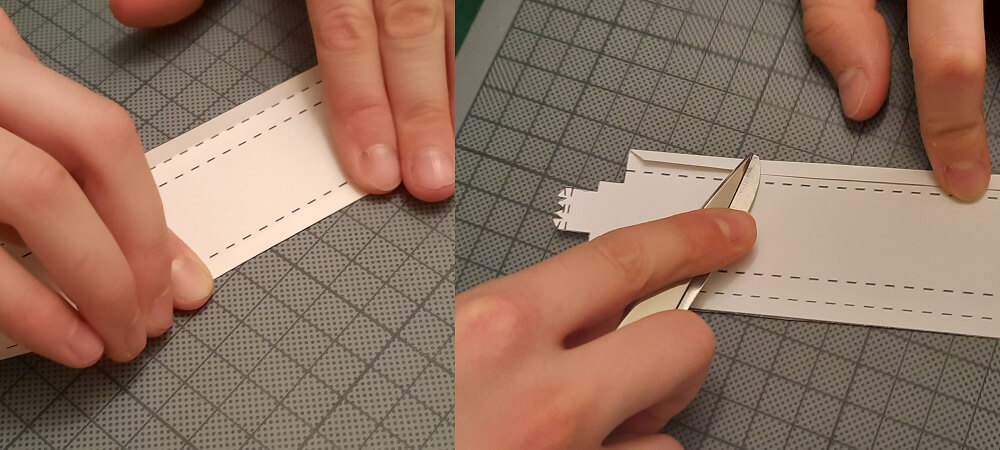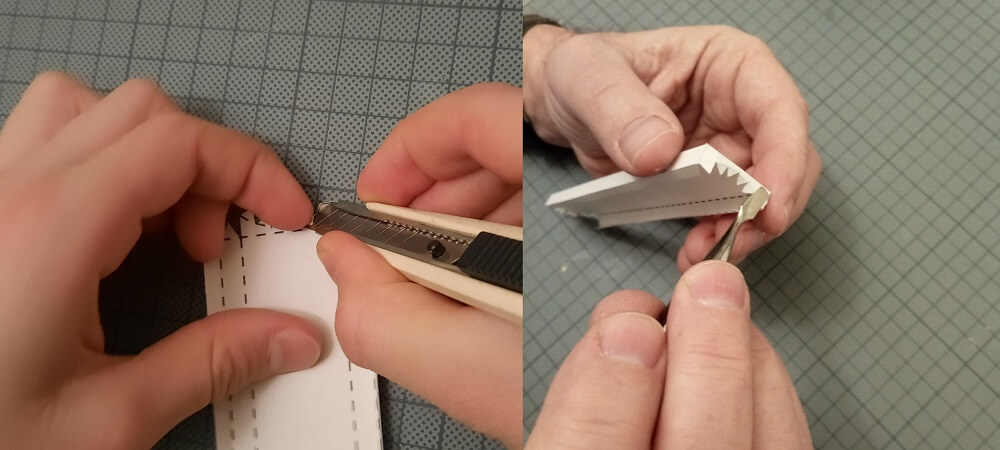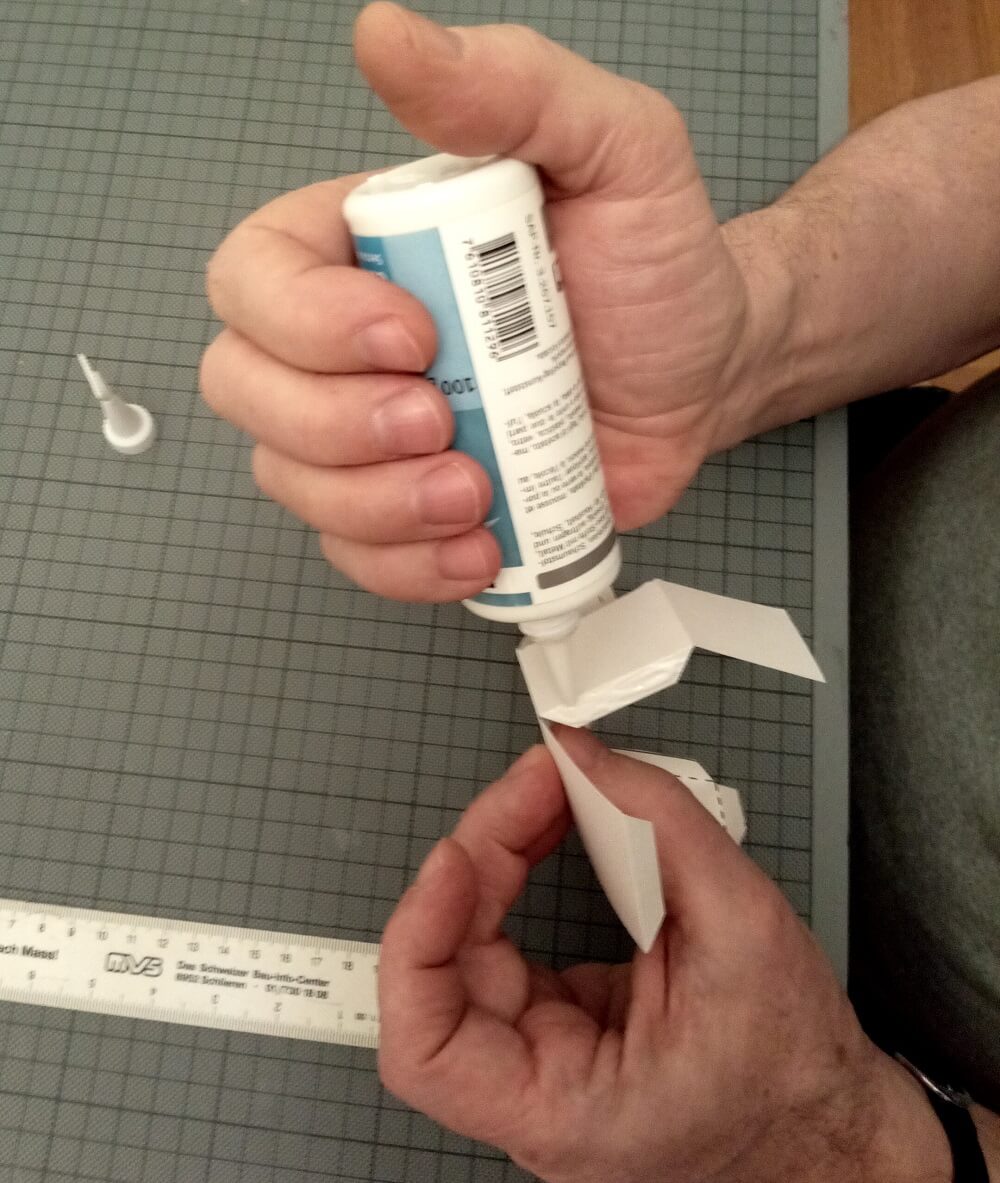KIRILL’S CRAFTING TIPS
How to make your crafting model look perfect
Thank you for choosing our crafting model from the ARCHITECTURE WITH SAUCE series! The models present a fun and satisfying challenge for young and old. With these instructions, Kirill offers you some tips for best results!
Paper thickness
Let’s start with the paper type. You will need LETTER or A4 size paper, depending on the model, with a slightly greater thickness than the usual paper you use for printing documents.
We recommend a laser printer for printing out the crafting model. An inkjet printer can have trouble printing the thin lines, especially if the printer has not been used for a while. Make sure to select the paper size that matches the given model (LETTER or A4).
If you have difficulties printing at home, you can print the crafting model at a friend’s place or at the nearest copy shop.
Tools
The most important tools are:
- scissors
- glue
- paper knife
- ballpoint pen or bone folder
- ruler
The following tools are optional:
- tweezers
- tape instead of glue
- a stable base
A paper knife or a sharp scoring blade is one of the most important utensils besides scissors and a ruler. The paper knife enables you to cut the smallest details precisely. A small pair of scissors would also do the job. Tweezers are useful for bending small folds. Alternately, if you have small hands and a little patience, you can do this by hand. Scissors are of course a must have, unless you plan to cut out the larger pieces with a paper knife, which we would not recommend.
If you have a dried-out ballpoint pen lying around, instead of a bone folder, now you have a great excuse for holding onto it until now. With the ballpoint pen tip you can crease the edges on the paper better. A ballpoint pen is particularly suitable for thin paper, since the scissors are less likely to cut the paper.
The ruler helps to smooth out the edges with a ballpoint pen or with the scissors to bend the long edges precisely. And last but not least, the glue. We recommend using white paper glue or, if necessary, transparent adhesive tape. If you use tape, stick it from the inside of the model if possible so that the tape remains hidden.
Five steps to the perfect model
Five steps to the perfect model
Step 1: Cutting
First cut out the crafting model only along the outer lines. Don’t cut out the small corners straight away; cut out the large areas first.
Step 2: Put everything in order
Put the cut parts of each model together and label them.
Example in the picture: H side panels.
In some of the models there are also lines that run within the border of the cut-out model lines. These are only intended as decoration and should not be cut out.
Now cut the fine lines with the paper knife.
Step 4: Scratch parts
Scoring will help you fold the paper. Now bend the corners and pull over again with the back of the scissors.
Step 5: Glue everything together
Bend the small spots with special care. You can use the paper knife or the tweezers.
Finally, glue the corners together. Some crafting models should only be partly put together. Later when most parts are combined you can glue the bigger pieces together. For example first glue the base of the building, then add the roof later. Which parts are glued together varies for each crafting model.
You've done it!
If you have figured out any other tricks others can benefit from, please email us and let us know. Have fun crafting!
Yours, Kirill from ARCHITECTURE WITH SAUCE
Are you missing any specific building? Let us know!

